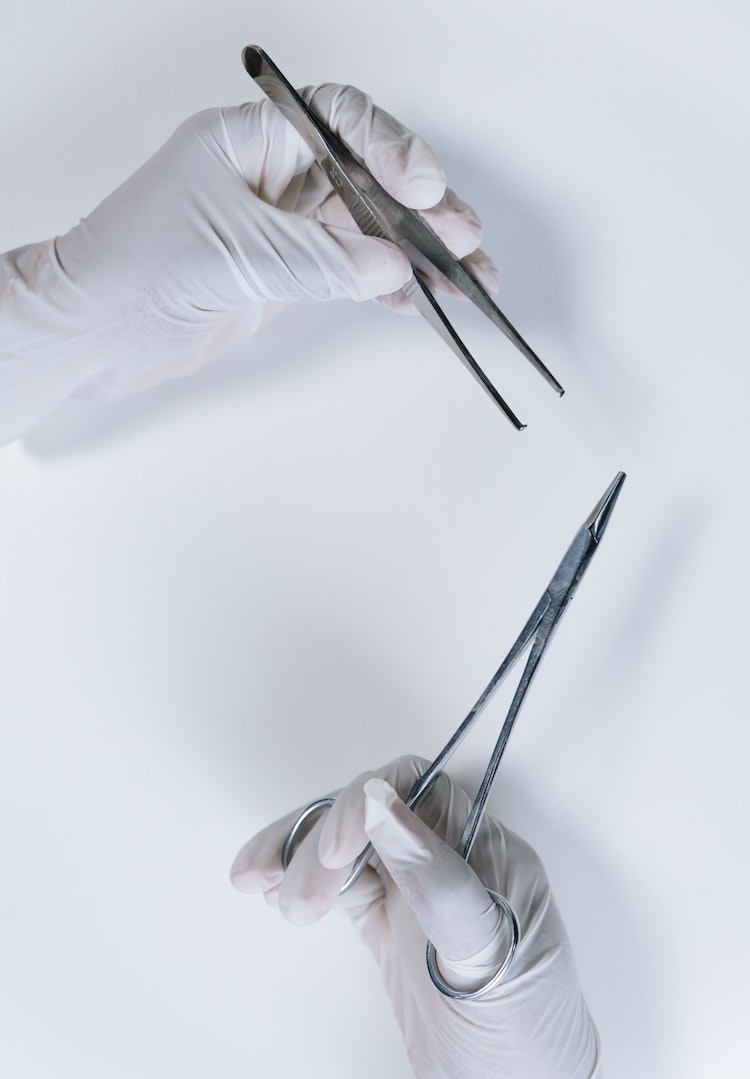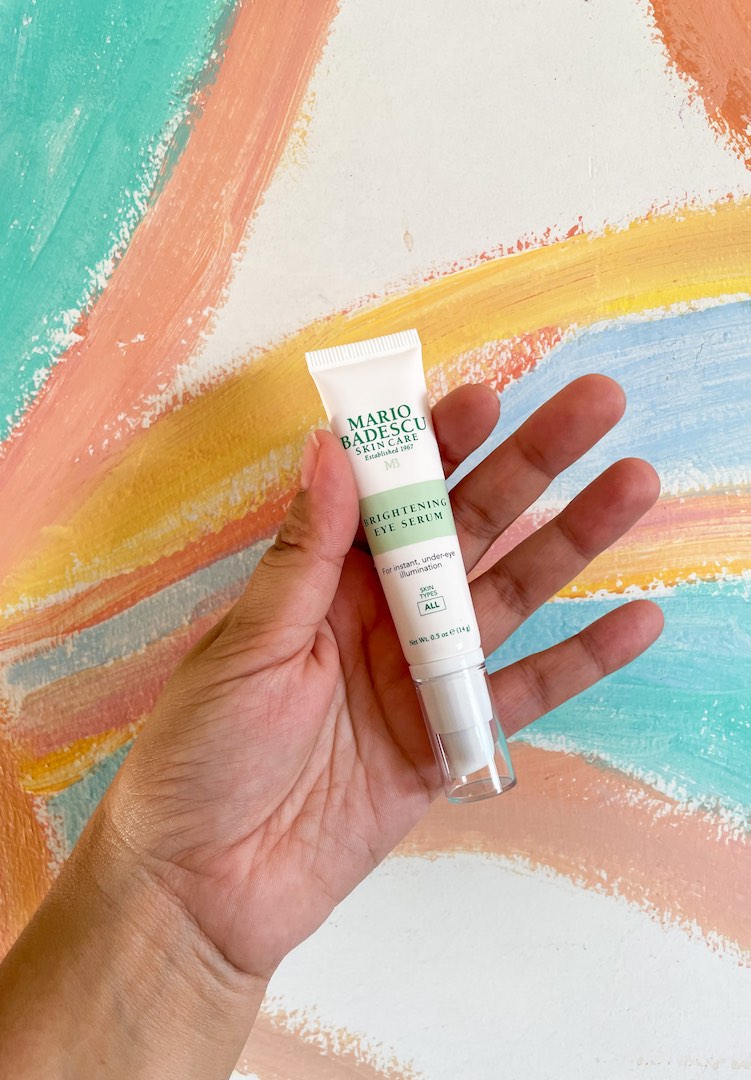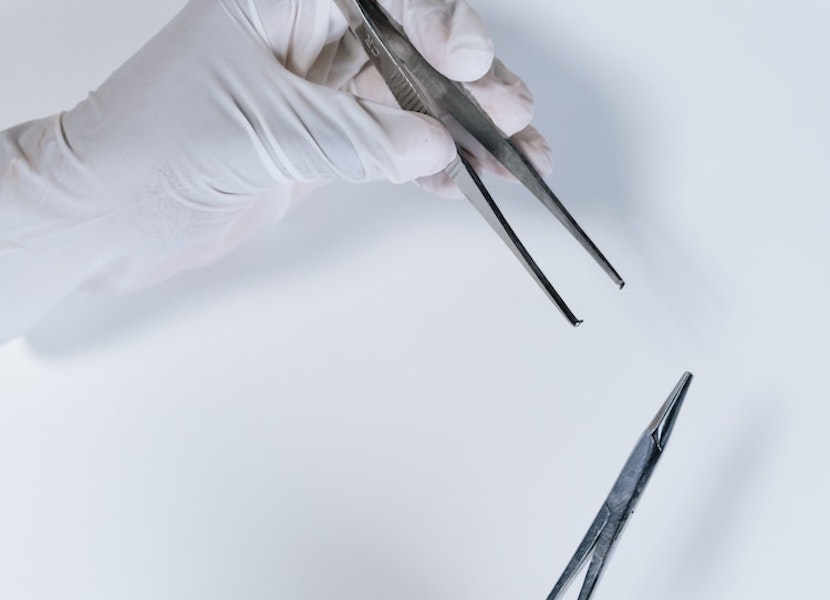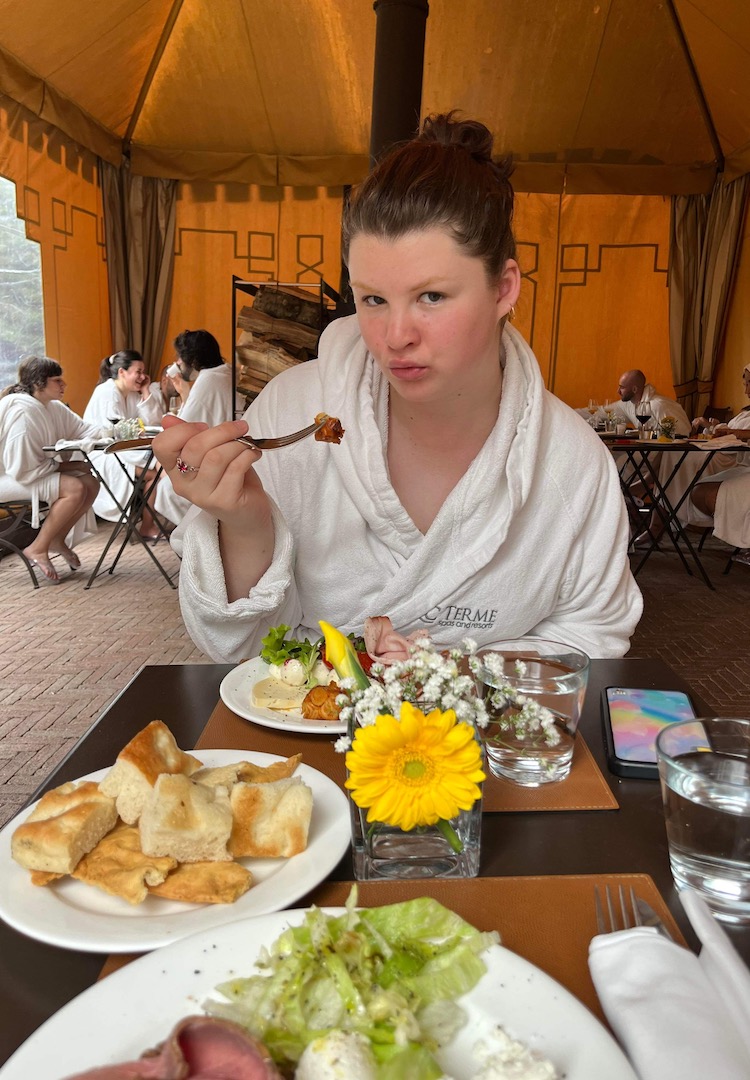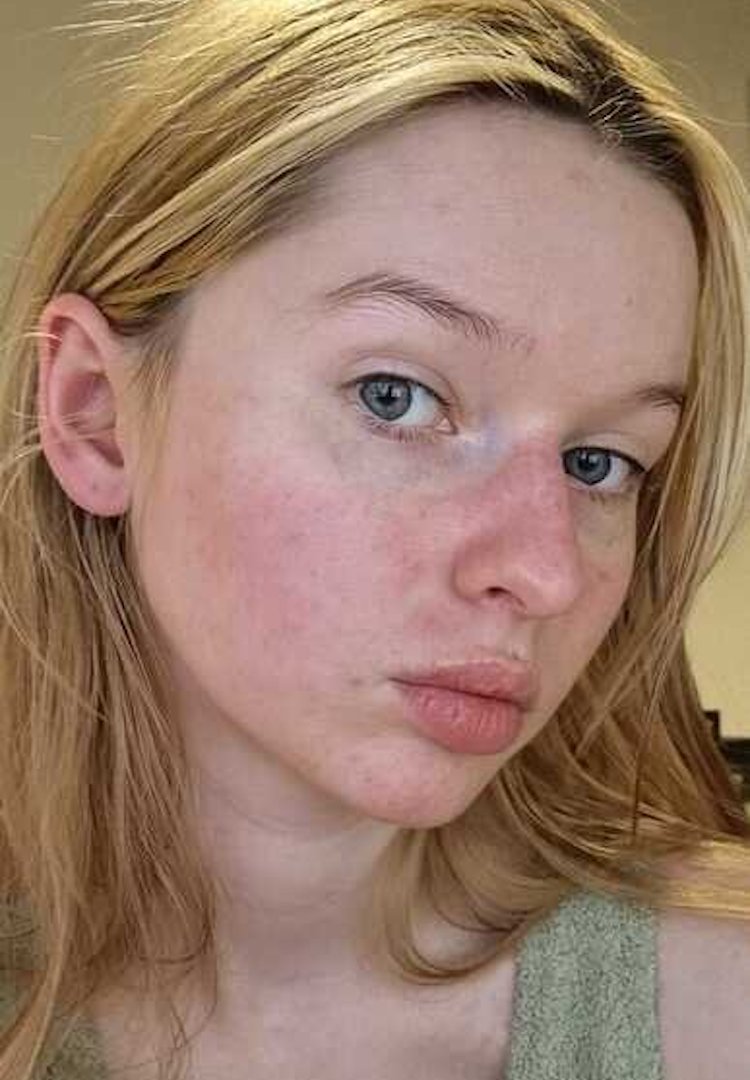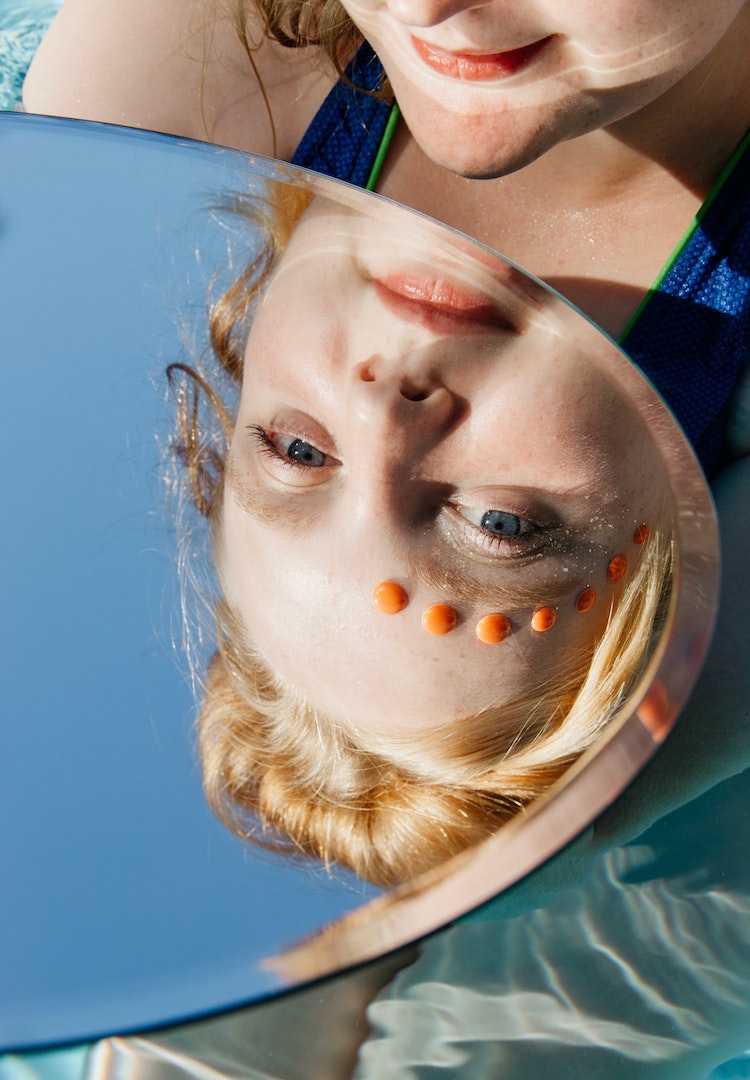A plastic surgeon on the most in-demand cosmetic procedures for Australian women
WORDS BY HANNAH COHEN
Here’s what we’re getting nipped and tucked.
Like many of the choices we make as women, electing to undergo plastic surgery is a decision we’re constantly scrutinised for. In one breath, we’re telling women they should look younger, tighter, smoother and more shapely.
But in the next, we’re warning them that taking any measure to live up to these obscene standards is nothing less than conceited and undesirable. Whether you agree with it or not, cosmetic surgery has been around for generations – and it will continue to exist as long as the patriarchy, pop culture and porn define our constantly shifting understanding of what women’s bodies and faces should look like.
For more content like this, tap through to our Life section.
Even though cosmetic procedures are becoming more normalised, the lingering shame that continues to taunt the women who go under the knife means that often we’re not sure which procedures our peers, or those in the public eye, are undergoing.
To demystify exactly what the most popular cosmetic procedures are for Australian women at the moment, I spoke to Dr Amira Sanki, member and Chair of Education for the Australasian Society of Aesthetic Plastic Surgeons (ASAPS).
Which surgeries are most popular?
Dr Amira tells me that the most commonly performed plastic surgery in Australia and around the globe is traditionally breast augmentation. “Breast augmentation surgery can be done for mature women looking to restore their breast volume and perkiness after having children, for younger women hoping to enhance their breast size and for women hoping to reconstruct their breasts after breast cancer, or to help correct breast asymmetry.”
Breast augmentation has been around since the 1970s, but Dr Amira explains that the way women would like their breasts to look after surgery has changed over time. “Many women today ask for a ‘natural look’, but only a few women naturally have full cleavage and convex upper breast poles,” Dr Amira says.
For those unfamiliar with plastic surgery jargon (you’re not alone), Dr Amira tells me that upper pole fullness refers to the shape, volume and contour of the portion of the breast above the nipple, and the lower pole of the breast is the portion below the nipple.
“Compare this [desire for the natural look] to when breast augmentations first became a trend and the likes of Pamela Anderson demonstrated large, round and unnatural breast shapes – the trends here have dramatically changed.”
While breast augmentation surgeries have been around for decades, Dr Amira shared that there’s been a recent surge in women interested in fat grafting in the buttock area, also known as a BBL or Brazillian Butt Lift. “This procedure is designed to enhance the size and positioning of the buttocks, including enhancing the thighs and ‘shelf’ of the buttock, as well as how high the buttocks appear to sit,” she says.
Why are women opting for these procedures?
Dr Amira says that breast augmentation surgeries have become increasingly popular because, in recent years, the procedure has become easier to do and requires far less downtime for the patient. She also suggests that the reason breast augmentations are still one of the most longstanding, in-demand cosmetic procedures is that they have been proven to increase the patient’s self-esteem.
“Breast augmentation procedures have maintained popularity for obvious and simple reasons, that is, to make women feel more happy and confident with how their breasts look aesthetically, and studies show that successful breast surgeries do make women happier,” Dr Amira reveals.
“This has been consistently shown in studies assessing the quality of life in women who have had breast augmentation surgery… women are savvy and smart, and appreciate that they can improve their confidence with a well-researched procedure using the most well researched medical devices in the world.”
It would be remiss, however, to exclude the overwhelming influence social media and celebrity culture have had on which body modification procedures are most in-demand. “With the mass adoption of filters which warp face and body shapes, and celebrities such as the Kardashians who promote and parade a much more curvy physique, procedures such as BBL and fat grafting have become on-trend, in fashion and the ‘desired’ look. Compare this to the desirable stick-thin era of Kate Moss, and you can see how dramatically body image trends have transitioned over a short space of time,” Dr Amira adds.
She also attributes some of this change to the incessant rise of wellness culture, which has caused a societal pivot from body ideals motivated by ‘thinspiration’ to its (probably just as problematic) twin sister ‘fitspiration’. “Where people may have favoured a slim physique before, the increase in popularity for fitness and wellness has called for procedures which emulate muscle enhancement,” she notes.
Dr Amira tells me that these ‘trendy’ physiques, much like fashion micro-trends, are ever-changing, so it’s important to consider the permanence of your desired procedure and assess how realistic the ideals influencing your desired results really are. “Women have always been influenced by exogenous sources of body image… conflict arises when those ideals are impossible to attain without surgical enhancement,” she says.
“It is important to remember that fashion trends are transient, and whether they last for one year or twenty years, the effects of surgery can be difficult, and in some cases impossible, to reverse.”
What demographics are undergoing these procedures?
Dr Amria notes that while breast augmentation surgeries are typically elected by more mature women, she said there’s been an increasing interest in plastic surgery and other aesthetic procedures among the younger generation.
“You will see terms such as ‘baby botox’ or the aforementioned ‘BBL’ sweeping through social media which seem to put such procedures in reach to audiences as young as 18, or less,” she says. Dr Amira believes this gravitation toward cosmetic procedures among young people can be attributed (once again) to the beauty standards set by social media and celebrity culture.
“With reality shows documenting celebrities’ cosmetic procedures, children have been exposed to the idea of cosmetic surgery at a young age. As the demand for cosmetic surgery rises, social media [has also become] flooded with face tuned and filtered photographs, with few barriers preventing access to photos and videos of cosmetic procedures or cosmetic surgery on social media… with increased consumption comes increased acceptance and normalisation.”
As much as plastic surgery can significantly boost women’s self-esteem levels, Dr Amira warns that this rapid normalisation among the younger generation holds the potential to lead to more harm than good if patients jump under the knife ill-informed.
“With cosmetic surgery or cosmetic procedures now being normalised in the eyes of our youth… it is important for our society to be aware of the psychological effects and body image issues that social media has on our younger generation.”
What about the clash between feminism and plastic surgery?
Ah, the age-old, head-scratching conundrum. In Dr Amira’s opinion, when it comes to navigating the various stigmas surrounding plastic surgery, “empathy is the key”. She believes in recent years there has been a positive shift in terms of the attitude women have toward plastic surgery.
“I am pleased to say that there is less stigma about feeling good about your body, and therefore less stigma attached to having procedures. Our community is beginning to understand that being a feminist is about making decisions to make yourself feel like the best woman you can be.”
At the end of the day, we want all women to feel confident in their own skin. So, if cosmetic surgery is your chosen route to empowerment and a better body image, then more power to you.
For more on trends in cosmetic procedures, check this out.


